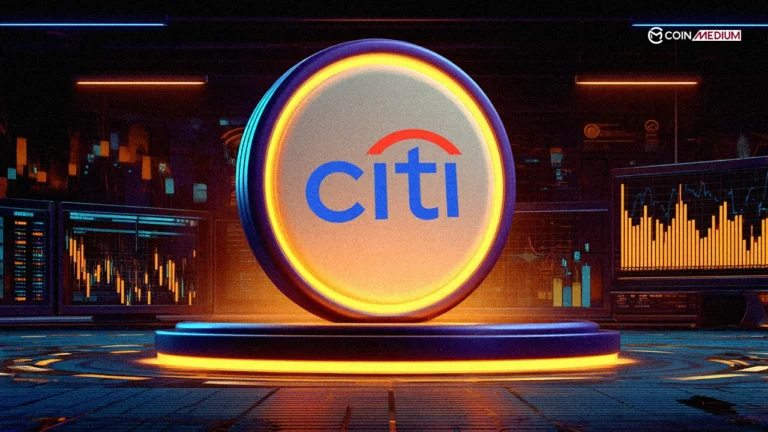The U.S. Senate has elected Conservative and Trump Adviser Stephen Miran to the Federal Reserve Board of Governors (FRB) in a tight 48-47 vote.
The decision has sparked debate over Miran’s dual role as a White House adviser and his potential influence on the central bank’s independence.
Democrat Reaction to Trump Adviser Stephen Miran
Miran is a Harvard-trained economist and fellow at the Manhattan Institute.
He fills the seat left vacant by Adriana Kugler, who resigned in August to return to Georgetown University.
His term on the Fed’s Board of Governors will run through January 31, 2026.
The confirmation process was not easy, especially given that Democrats are raising concerns about a conflict of interest.
Critics argue that his ties to the Trump administration could undermine the Federal Reserve’s political independence.
Senator Elizabeth Warren of the Senate Banking Committee accused Trump of attempting to turn the Fed into a “personal piggy bank”.
She labeled Miran a “puppet” of the president.
Similarly, Senator Andy Kim believes Miran’s dual roles threaten the Fed’s impartiality.
Meanwhile Senator Ruben Gallego warned that Miran’s appointment could lead to policies favoring Trump’s political interests, potentially causing higher prices and a weaker job market.
Supporters Highlight Experience and Vision
Proponents of Miran’s appointment, led by Senate Banking Committee Chairman Tim Scott, praised his economic expertise and leadership.
“Dr. Miran’s confirmation is a win for the American people,” Scott said.
“He brings deep experience and a clear commitment to ensuring the American economy remains strong and competitive.”
Miran, who briefly served in the Treasury Department during Trump’s first term, helped shape the administration’s fiscal response to the COVID-19 recession.
He has also been a vocal advocate for financial deregulation and has expressed optimism about the role of cryptocurrency in driving economic innovation.
“Crypto has a big role potentially to play in innovation”, Milan has said.
The spotlight now remains on how he will balance his economic philosophy with the Federal Reserve’s mandate to maintain price stability and maximum employment.








